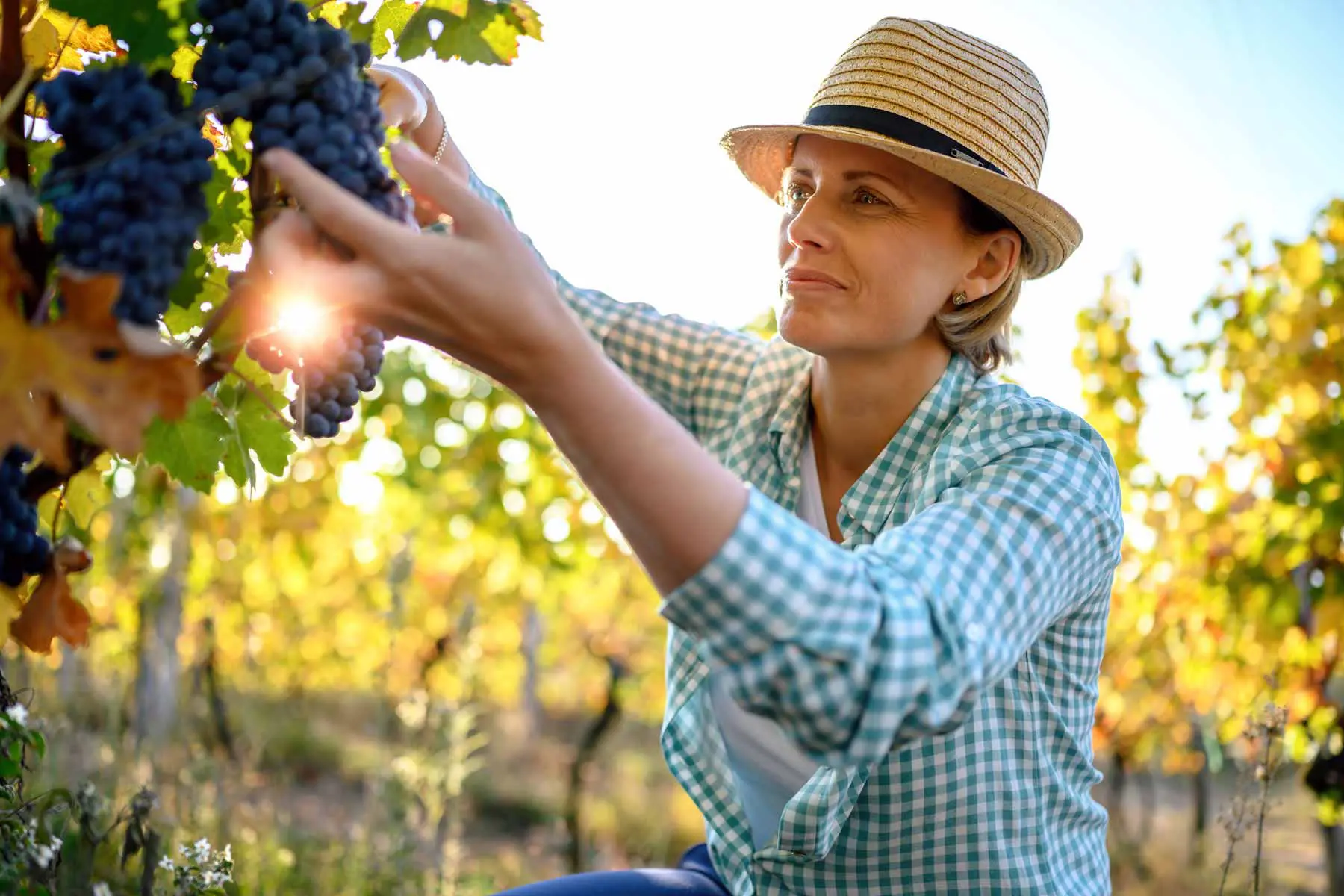Underwater Wine Aging
D e n i z D i b i n d e Ş a r a p Y ı l l a n d ı r m a
In 2010, a team of professional divers made an extraordinary discovery off the coast of the Åland Islands in Finland. By sheer coincidence, they came across a remarkably well-preserved shipwreck. The vessel is believed to have sunk around 1854, in the mid-19th century. What interests us most about the cargo was its precious content: 168 bottles of champagne, most of which remained sealed, with no seawater intrusion. Upon inspection, the bottles were identified as being produced by the renowned houses Veuve Clicquot, Juglar (now Jacquesson), and Heidsieck.

Champagne Tasting and Scientific Study
Following this exciting discovery, the state of the champagnes was studied systematically. On one side, sensory analysis was performed by wine professionals; on the other, laboratory testing yielded a scientific report.
After the initial excitement, tasters noted the presence of spice, leather, and smoky aromas. On the palate, the champagnes expressed flavors of fresh fruit, truffle, and honey. Dominique Demarville remarked that the champagne was among the finest he had ever tasted.
Professor Philippe Jeandet, a food biochemist from the University of Reims, analyzed samples from three of the bottles. In his report, he wrote: “These samples, preserved under nearly perfect conditions at the bottom of the sea for 170 years, mark the beginning of a new chapter in winemaking.” He added: “A few drops placed on my tongue by syringe lingered on my palate for over three to four hours.”

Inspired by the Wreck: New Projects
Among the bottles found in the wreck was Veuve Clicquot. Recognizing the excitement generated by the discovery, the house initiated a new underwater aging project near the very location where the wreck was found. Some of the bottles were planned to be submerged for up to 40 years. Considering Madame Clicquot herself was a pioneer of her time, the project feels deeply in line with the brand's spirit.
Naturally, the exceptional condition of these century-old bottles inspired modern winemakers to explore similar methods. The first known modern underwater aging project was undertaken in 2013 by the French producer Leclerc Briant. The house developed the "Abyss" project, submerging sparkling wines under the Atlantic Ocean at a depth of 60 meters for one year. These wines were bottled using special corks designed for submersion and followed the traditional méthode champenoise, with secondary fermentation occurring inside the bottle before aging at sea in stainless steel cages.
Around the same time, Croatian winery Edivo Vina launched the "Mysterium" project, aging wines in amphorae at a depth of 20 meters in the Adriatic Sea for nearly two years. Their approach gained attention both for its production technique and its marketing impact.
Thanks to the initial excitement sparked by the wreck, these pioneering projects paved the way for many others. Today, underwater-aged wines are being produced in various parts of the world.
Scientific Insights on Underwater Aging
Let’s begin with what measurable effects underwater aging may offer. The most comprehensive study to date was conducted by a team led by Dr. Valentino Canuti at the University of Florence. Their report concludes:
“This study offers the first attempt to interpret data on the effects of underwater aging, providing essential scientific insights.
The analysis shows that underwater aging affects wine quality differently depending on the type of wine. For red wines that require prolonged bottle aging for color stabilization,
underwater conditions seem to have a positive effect by accelerating reactions within the color matrix compared to traditional cellar aging.
For white and rosé wines, however, these accelerated reactions may lead to variable outcomes depending on the wine's individual characteristics.”

Environmental Conditions and Their Effects
The underwater environment provides several unique physical conditions:
- Stable and Cool Temperatures:: Typically ranging between 4–13 °C, ideal for slow and balanced aging.
- Complete Darkness:The absence of UV light reduces oxidative reactions.
- High Pressure:Increases the solubility of gases within the bottle, potentially altering wine structure.
- Constant Motion:Ocean currents gently agitate the bottles, enhancing contact with the lees.
Depths and Their Properties
• 15–30 meters: 12–16 °C / ~4 bar pressure. Gentle currents aid subtle lees interaction.
• 30–50 meters: 8–12 °C / ~6 bar pressure. More stable temperature, darker environment.
• 50–60 meters: 4–8 °C / ~6–7 bar pressure. Complete darkness, minimal oxidation risk.
Recommended Depths by Wine Type
- White and sparkling wines → 15–25 meters.
- Lighter, oxidation-sensitive wines benefit from gentler, shorter aging.
- Red wines → 30–50 meters.
- Heavier phenolic structures require deeper, more stable conditions for maturation.
- Champagne and other sparkling wines → 50–60 meters.
- Pressure preserves carbonation; flavor balance is enhanced.
Is It Happening in Türkiye?
We’ve learned that a local producer is preparing an experimental project involving underwater aging. However, it may take some time before we have the opportunity to taste these wines.
Rest assured, once they’re ready—we’ll be the first to let you know.

Katerina Monroe
@katerinam • More Posts by Katerina
Congratulations on the award, it's well deserved! You guys definitely know what you're doing. Looking forward to my next visit to the winery!





















